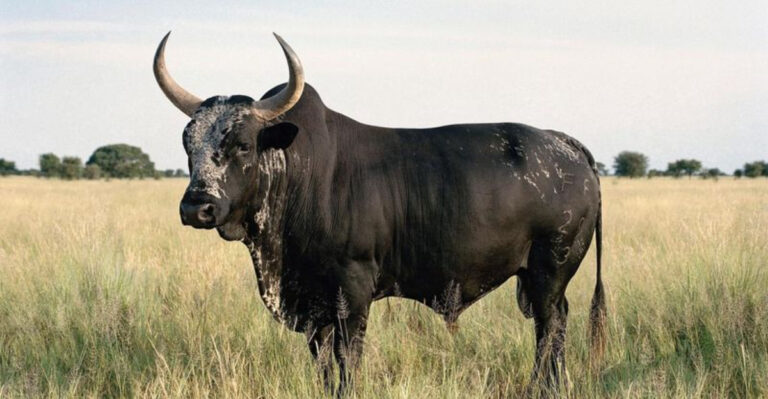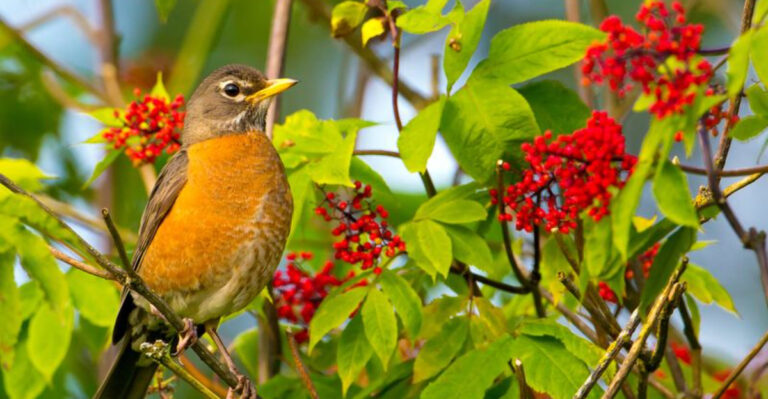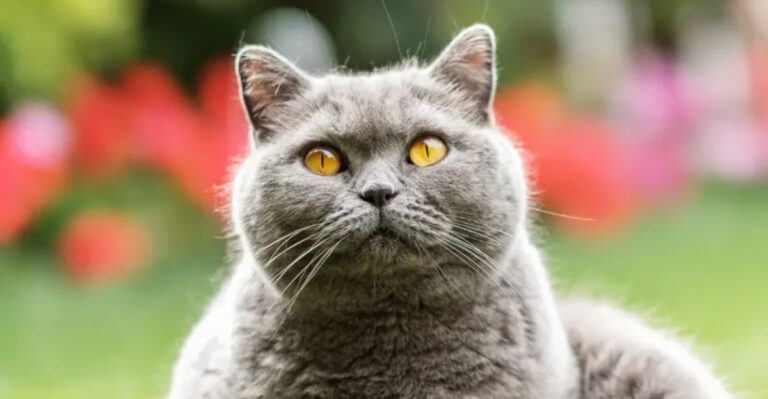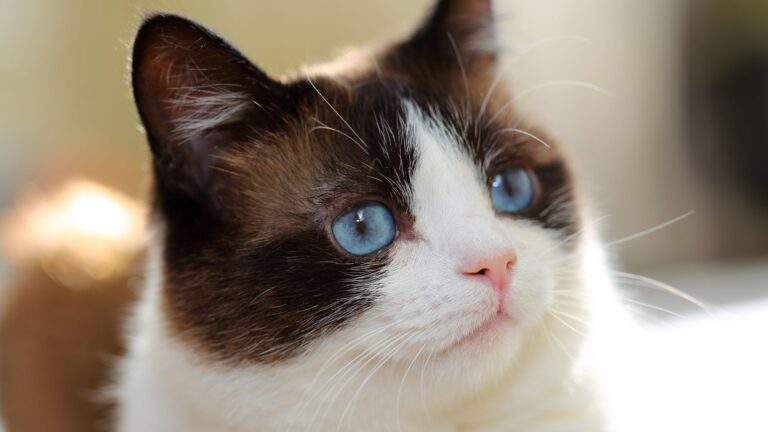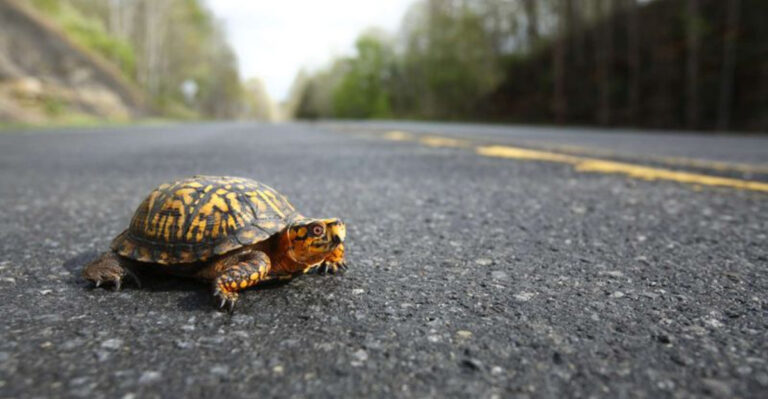Harmful DIY Hummingbird Nectar Mistakes Everyone Makes
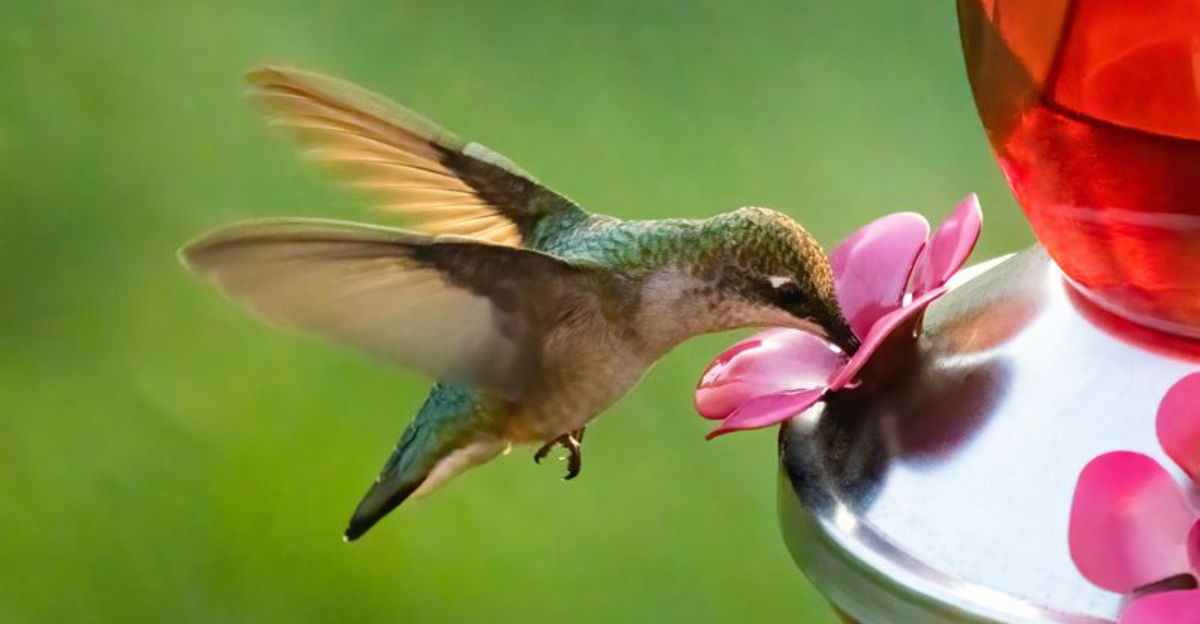
Those tiny wings beating 80 times per second deserve the best fuel possible! Making your own hummingbird nectar seems simple enough, but common mistakes could harm these magnificent creatures or drive them away from your feeders.
Let’s explore the most dangerous DIY nectar blunders and how to avoid them for the health and happiness of your hovering visitors.
1. Adding Red Dye To Attract More Birds
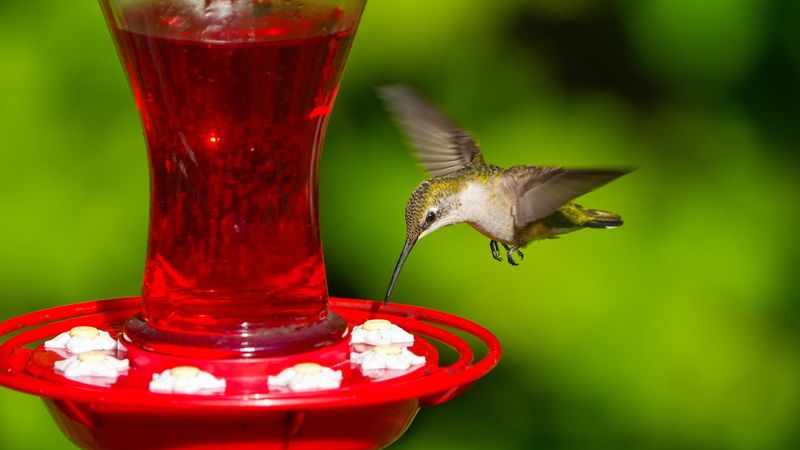
Red dye is completely unnecessary and potentially toxic to hummingbirds. Their incredible vision allows them to spot red feeders from remarkable distances without any need for colored nectar.
The chemicals in food coloring might cause serious health problems in these tiny birds, potentially damaging their kidneys and livers. Remember, the feeder itself can be red – the liquid inside should remain clear.
2. Using The Wrong Sugar Ratio
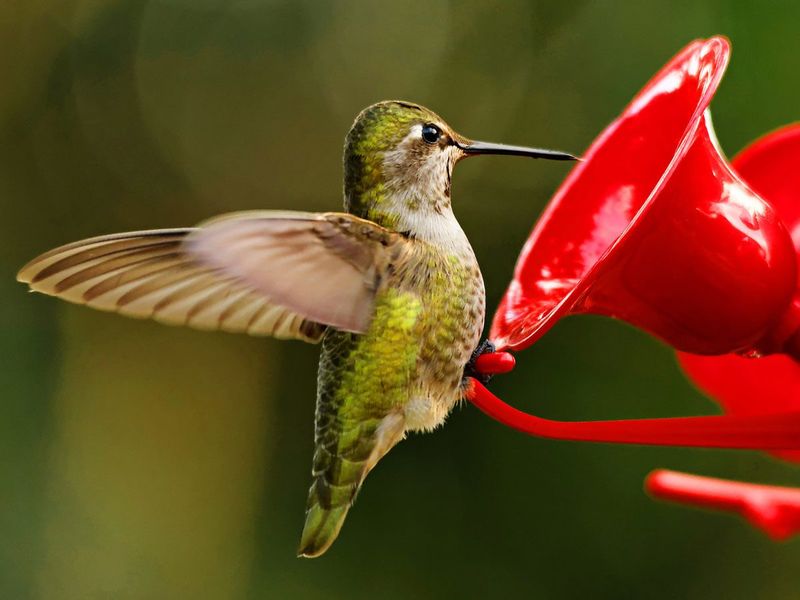
Sugar ratios matter tremendously to these tiny aerial athletes. Too concentrated, and you’ll stress their kidneys; too diluted, and they won’t get enough energy from their visits.
The perfect mix is a 1:4 ratio – one part white granulated sugar to four parts water. Anything else creates problems ranging from dehydration to malnutrition. Measuring precisely ensures these flying jewels get exactly what their metabolism requires.
3. Substituting Honey For Sugar
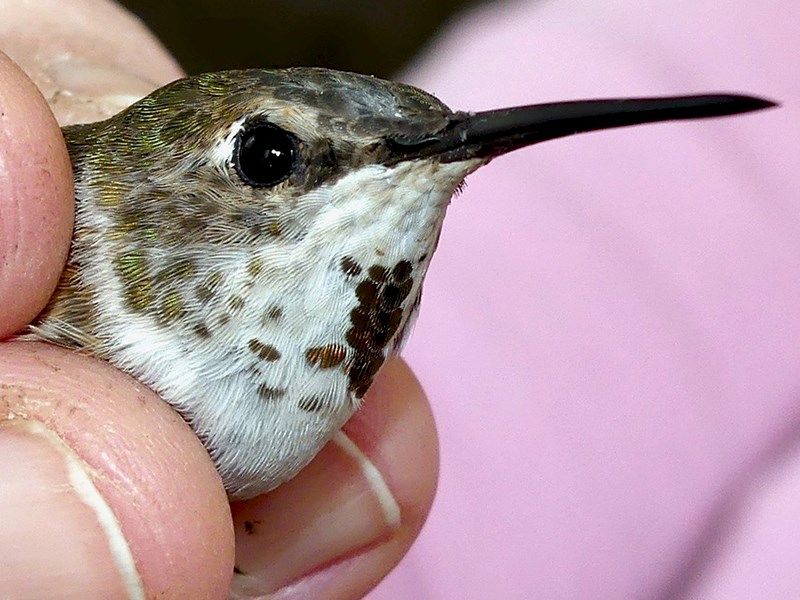
Honey might seem like a natural alternative, but it’s actually dangerous for hummingbirds. When diluted in nectar, honey ferments rapidly outdoors, creating a perfect environment for deadly fungal growth.
This fungus causes a fatal tongue infection called candidiasis in hummingbirds. Plain white granulated sugar most closely resembles the natural nectar these birds evolved to consume, making it the only safe sweetener option.
4. Forgetting To Clean Feeders Regularly
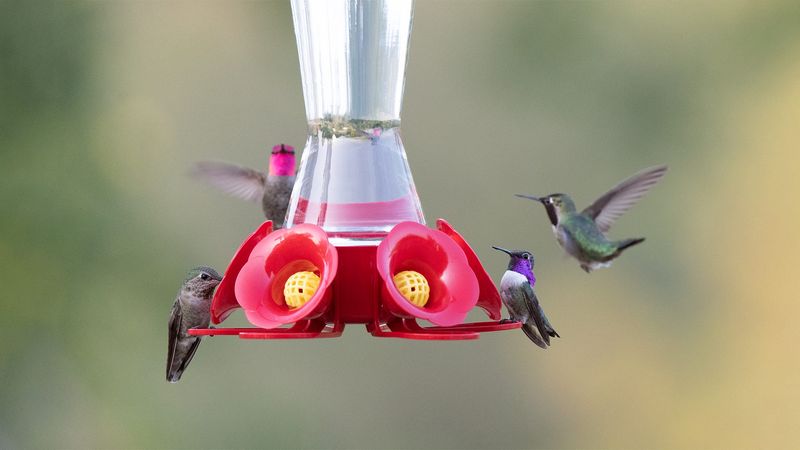
Mold grows alarmingly fast in sugar water, especially during warm weather. Dirty feeders can spread deadly infections among your tiny visitors within days.
Hot water and a bottle brush should be used every 2-3 days in summer and at least weekly in cooler weather. Avoid soap residue that might harm birds. A quick vinegar rinse helps eliminate harmful bacteria without leaving dangerous chemical traces.
5. Using Brown Sugar Or Artificial Sweeteners

Brown sugar contains molasses that creates digestive problems for hummingbirds. The extra minerals and compounds aren’t what these birds encounter in flower nectar and can make them seriously ill.
Artificial sweeteners are even worse – they provide zero calories to birds that need massive energy intake. A hummingbird drinking calorie-free sweetened water might actually starve to death while thinking it’s getting nourishment. Only pure white sugar works safely.
6. Making Nectar With Hot Tap Water
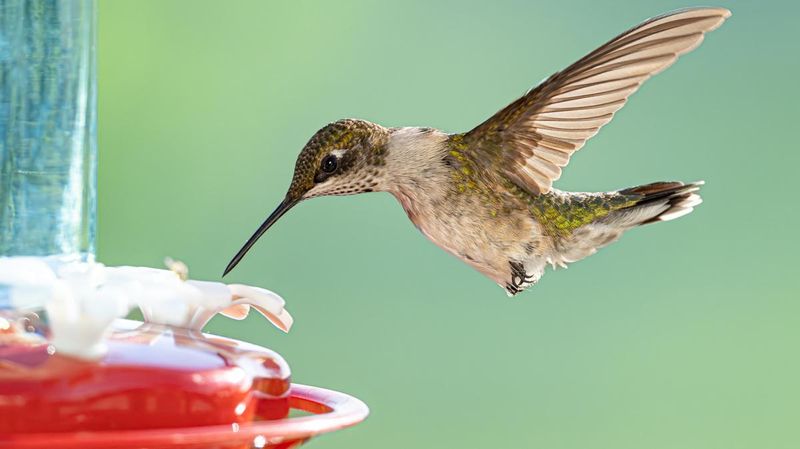
Hot tap water often contains higher levels of harmful minerals, chemicals, and even lead from household plumbing. These contaminants concentrate in tiny bodies, potentially causing serious health issues for hummingbirds.
Always use cold tap water that you heat yourself, or filtered water if your tap water quality is questionable. The extra minute this takes could prevent slowly poisoning the very creatures you’re trying to help.
7. Storing Homemade Nectar Improperly

Leaving premade nectar at room temperature creates a breeding ground for harmful bacteria. Even before visible mold appears, dangerous microorganisms multiply rapidly in warm sugar water.
Store extra nectar in a clean, covered container in the refrigerator for no more than two weeks. Label it clearly so family members don’t mistake it for a beverage. Discard any unused nectar after this time, as even refrigerated solutions eventually become unsafe.
8. Boiling The Nectar Too Long
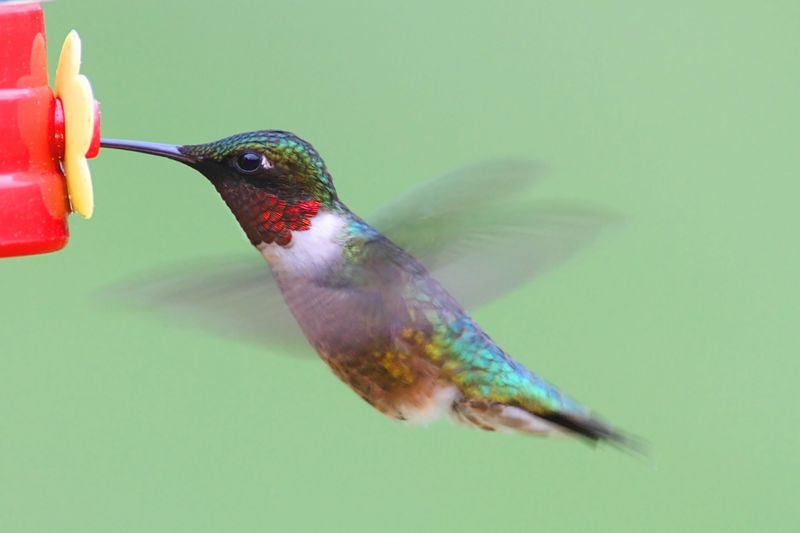
Excessive boiling concentrates the sugar solution as water evaporates, creating a mixture that’s too strong for hummingbirds. Their tiny systems can’t process overly concentrated sugar water effectively.
Just bring the water to a quick boil to dissolve sugar completely and kill potential pathogens. Remove from heat immediately afterward. Prolonged boiling also breaks down sucrose into fructose and glucose, which ferments more quickly, leading to faster spoilage.
9. Using Unsterilized Containers
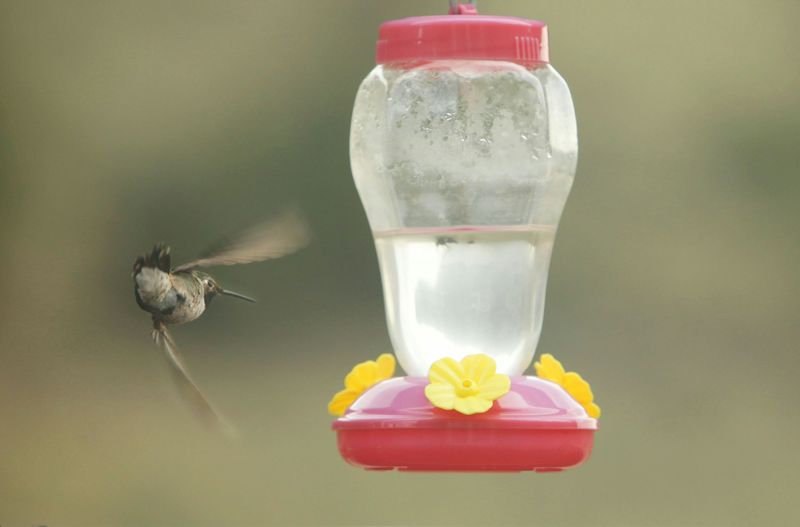
Bacteria hiding in poorly cleaned mixing containers contaminate fresh nectar before it even reaches your feeder. Even containers that look clean might harbor invisible mold spores or bacteria.
Sanitize all nectar-making equipment with a diluted bleach solution (1 part bleach to 9 parts water) followed by thorough rinsing. Allow everything to air dry completely before using. This extra step eliminates harmful microorganisms that could make hummingbirds sick.
10. Filling Feeders in Direct Sunlight

Nectar ferments astonishingly quickly in hot, sunny locations – sometimes within hours on sweltering days. Fermented nectar causes dangerous fungal infections in hummingbirds and attracts wasps and bees instead.
Hang feeders in spots that receive morning sun but afternoon shade. If full shade isn’t possible, smaller feeders that empty quickly are better than large ones that sit out spoiling. During heatwaves, replace nectar daily regardless of whether it’s empty.
11. Adding Vitamins Or Supplements
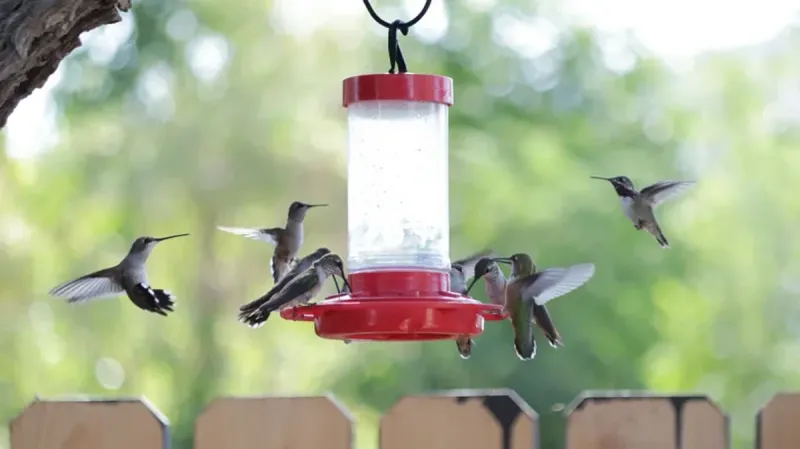
Well-intentioned additions like vitamins, electrolytes, or commercial nectar enhancers can harm hummingbirds. These birds evolved to get perfect nutrition from a combination of flower nectar and tiny insects.
Artificial supplements might create imbalances or even toxic effects in their specialized digestive systems. The simple sugar-water mixture mimics flower nectar, while the birds get all other nutrients from their insect hunting. Adding anything else disrupts this natural balance.
12. Using Expired Or Crystallized Sugar
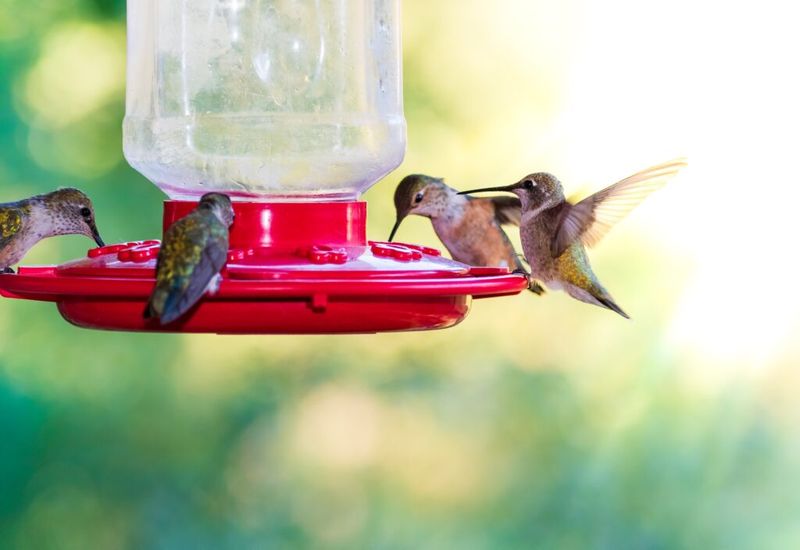
Old sugar often develops strange odors or flavors that hummingbirds detect instantly. Their sense of taste is remarkably acute – necessary for avoiding toxic flowers in the wild.
Crystallized sugar may contain contaminants or have begun breaking down chemically. Fresh, properly stored white granulated sugar dissolves completely, creating the cleanest nectar. Check sugar packages for unusual smells before mixing, as even slight changes can repel these discerning diners.
13. Leaving Feeders Empty Too Long
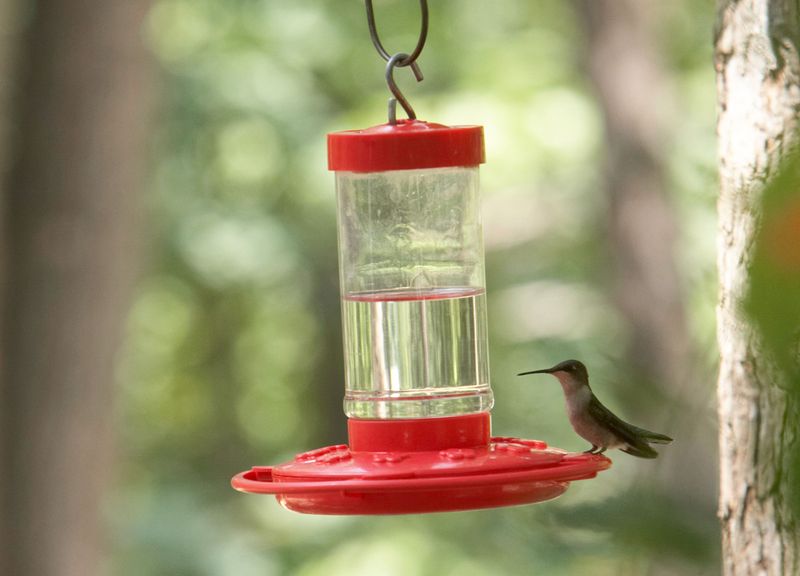
Hummingbirds memorize reliable food sources and depend on them, especially during migration or breeding seasons. An empty feeder might force them to waste precious energy searching for alternatives.
During peak seasons, check feeders daily and refill before they’re completely empty. If you’re going away, either have someone maintain your feeders or gradually reduce filling to encourage birds to find alternative sources. Suddenly removing a food source can be devastating.
14. Ignoring Leaking Or Poorly Designed Feeders
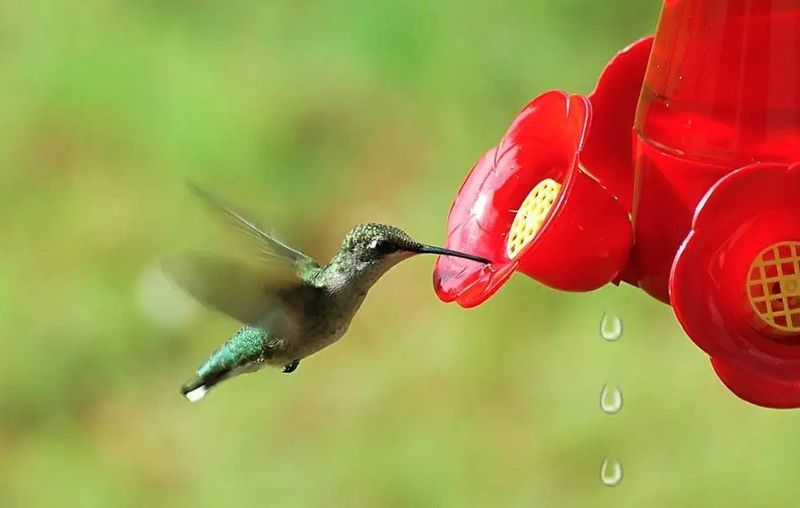
Dripping feeders create sticky puddles that attract ants and wasps while wasting nectar. Worse, they can coat hummingbirds’ delicate feathers with sugar solution, making flight difficult and grooming impossible.
Quality feeders with proper seals prevent these problems. Test new feeders with plain water before adding nectar to check for leaks. Ant moats and bee guards are worthwhile additions that keep insects away without harming your tiny feathered visitors.

